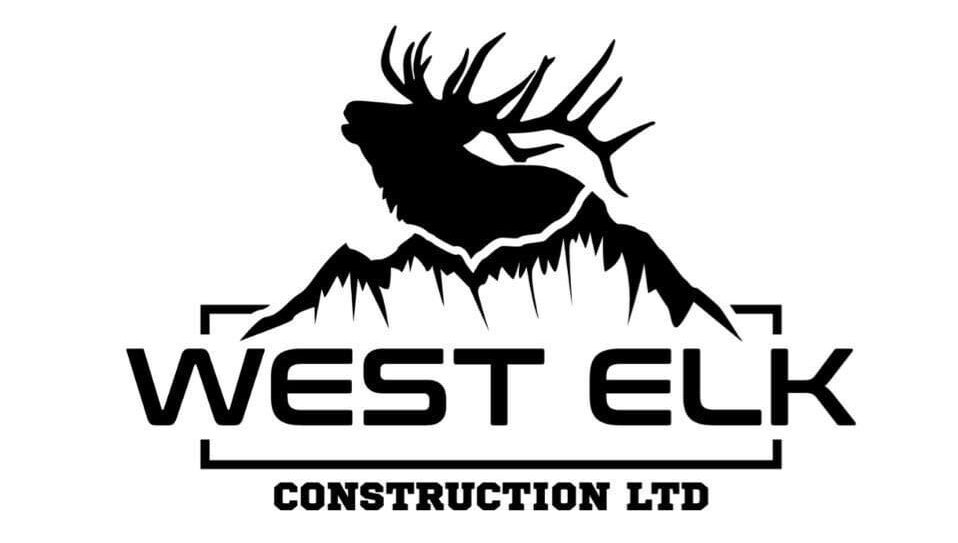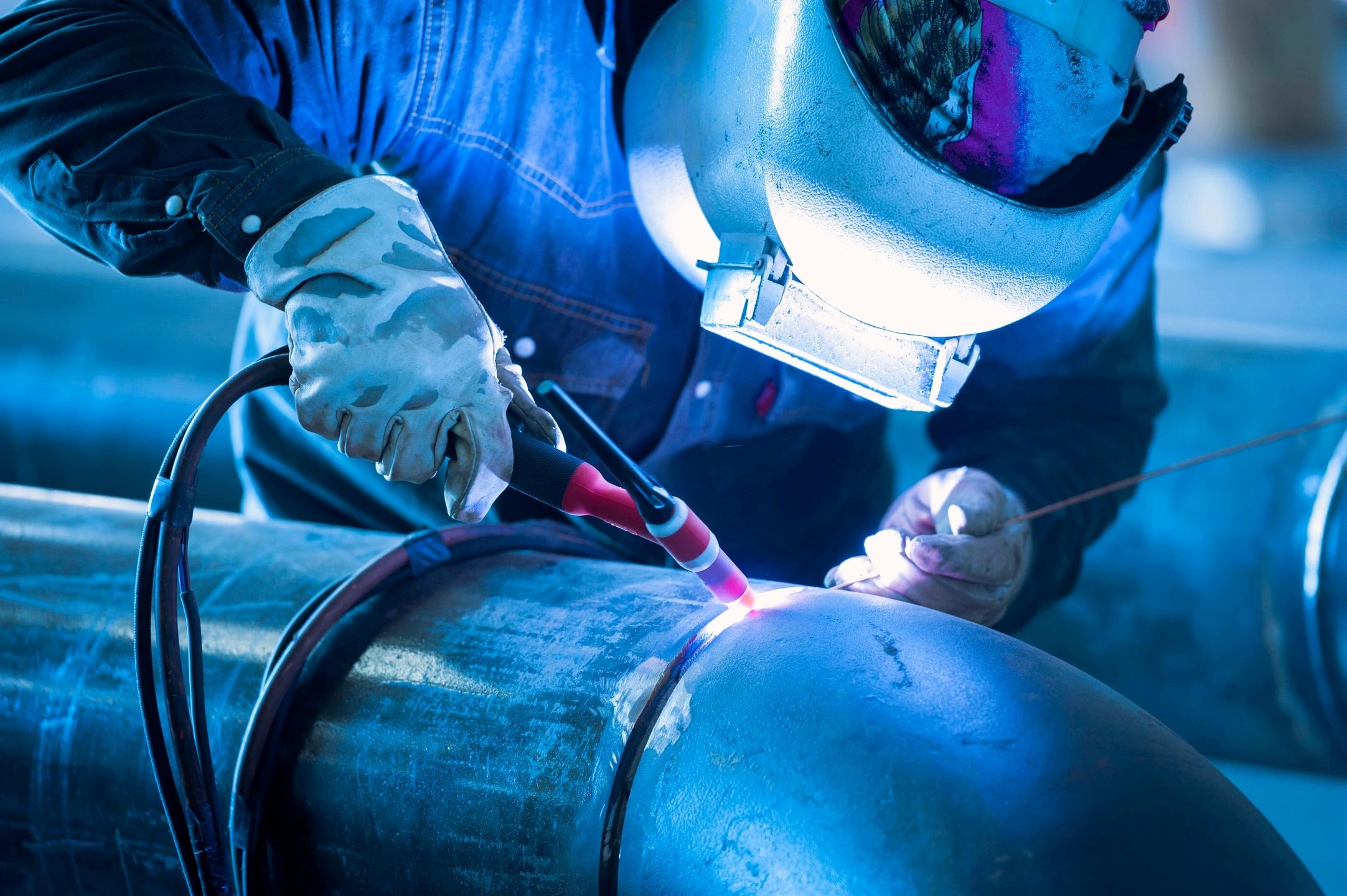For those who have already embarked on their arc welding journey and are looking to take their skills to the next level, advanced arc welding techniques offer exciting opportunities for precision, strength, and versatility. Let’s delve into the world of advanced arc welding and discover some techniques that can elevate your welding game:
**1. TIG Welding (Gas Tungsten Arc Welding):
TIG welding is often considered the pinnacle of arc welding techniques. It uses a non-consumable tungsten electrode to create a precise and clean weld. TIG welding is renowned for its ability to join various metals, including aluminum and stainless steel, with exceptional control. Its clean and aesthetically pleasing welds make it a favorite in industries like aerospace and fine metalwork.
**2. MIG Welding (Gas Metal Arc Welding):
MIG welding is known for its efficiency and speed. It uses a consumable wire electrode that is continuously fed through the welding gun, making it ideal for high-production environments. Advanced MIG welding techniques include pulsed MIG, which offers improved control over heat input, and spray transfer MIG, which produces clean and strong welds on various materials.
**3. Submerged Arc Welding (SAW):
Submerged arc welding is a versatile technique suitable for heavy and thick materials. It involves feeding a continuous wire electrode under a layer of powdered flux, creating a protective environment that shields the arc from contaminants. SAW is known for its high deposition rates, making it valuable in applications like shipbuilding and bridge construction.
**4. Plasma Arc Welding (PAW):
Plasma arc welding is similar to TIG welding but uses a focused plasma arc for higher energy density. This technique excels in precision and is often used for intricate and detailed work, such as in the aerospace and medical device industries.
**5. Multi-Pass Welding:
Advanced welders often encounter situations where single-pass welding isn’t sufficient. Multi-pass welding involves creating a series of overlapping weld beads to achieve the desired strength and penetration. It requires careful planning and control of heat input.
**6. Welding Dissimilar Metals:
Mastering the art of joining dissimilar metals can open up a world of possibilities. Advanced welders develop the knowledge and techniques needed to create strong bonds between metals with different properties, expanding their capabilities in various industries.
**7. Welding in Challenging Positions:
Advanced welders are skilled at working in challenging positions, including overhead, vertical, and horizontal welding. These techniques demand a high level of skill and control to ensure the integrity of the weld.
**8. Welding Thin Materials:
Welding thin materials without causing distortion or burn-through is a skill that advanced welders develop. It involves precise control of heat and technique to create clean, strong welds.
**9. Quality Control and Inspection:
Advanced arc welders understand the importance of thorough quality control and inspection. They are proficient in non-destructive testing methods, such as X-ray and ultrasonic testing, to ensure the integrity of their welds.
**10. Continuous Learning:
Ultimately, advanced arc welding is a journey of continuous learning and improvement. Advanced welders stay updated with industry advancements, new materials, and cutting-edge techniques to remain at the forefront of their craft.
Advanced arc welding is not just a skill; it’s an art form that combines technical mastery with creative problem-solving. As you explore these advanced techniques, you’ll find yourself pushing the boundaries of what’s possible in the world of welding, creating strong and enduring connections in metals and in your career.

